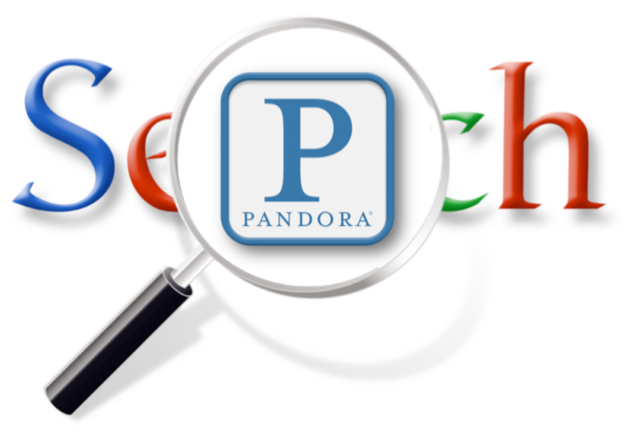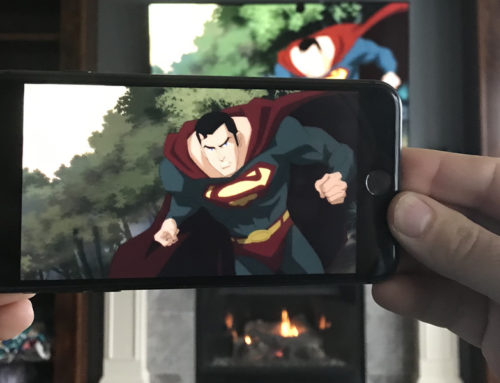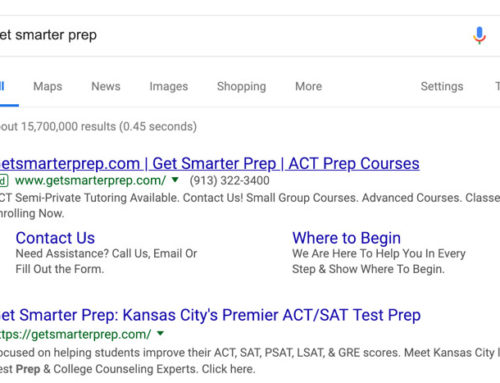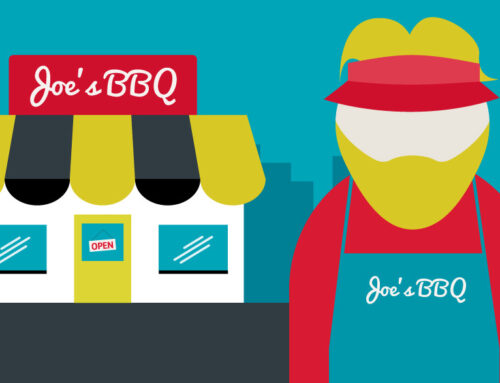I take it for granted now, but I still remember the wonder and excitement I experienced when I first discovered Pandora Radio. The idea that I could create my very own radio station, customized to the kind of music that I liked… that was brand new territory not that long ago.
For anyone who is unfamiliar with how Pandora works, it’s actually very cool. You “seed” a radio station by starting with one song or one artist. From there, Pandora presents you with new songs that are in some way related to the original song. For example, if you start a station with Roar, by Katy Perry song, Pandora may present you with the song Here’s to Never Growing Up, by Avril Lavign.
Pandora’s algorithm reasons that you’ll like the new song because it is similar in some way. Pandora says, “here’s a song that’s musically similar to Roar called Here’s To Never Growing Up, that features pop rock qualities, a subtle use of vocal harmony, mixed acoustic and electric instrumentation, major key tonality and a clear focus on recording studio production.”
If you like Here’s to Never Growing Up, you click the thumbs icon to let Pandora know that it presented you with a good choice.
Next, Pandora explores other songs and artists that have musical qualities similar to Roar by presenting you with song that have “modern r&b stylings, mild rhythmic syncopation, extensive vamping, major key tonality and melodic songwriting.”
As you are presented with new song choices, you give them the thumbs up or the thumbs down. At first, you may discover that you’re using the thumbs down icon quite a bit, especially if you have very specific requirements for your station. But over time, you start to get the right mix of artists and songs and eventually, you’re pleased with nearly every song Pandora adds to your personalized radio station.

Let’s Translate.
The Pandora station is like your search marketing campaign and the songs are like your keywords.
You “seed” your search campaign with a list of keywords that you believe your potential customers are using to find your business. Maybe you’re a furniture store that specializes in dining room furniture so you start with keywords like dining room furniture, as well as formal dining, table set and dining room sets.
Then, as you run the campaign, you start exploring new keywords like cheap dining room furniture or even something like white kitchen tables to see how they perform.
At first, your keyword list isn’t perfect. As you watch the campaign, you remove those songs, I mean keywords, that don’t perform and you add new ones to see how they do. Over time your experiments with different keywords result in just the right mix of words that provide you with the best results.
Similar to Pandora’s algorithm that discovers and suggests new music, Google’s Keyword Planner will make keyword suggestions based on your original list of keywords.
This may help to clarify why a search campaign isn’t perfect out of the gate, and rather requires some time to ramp up to a high performance level. I’ll even go on to say that it helps clarify why a search campaign requires continued management. You never know when there’s going to be a new “song” or “artist” (translation: keyword or ad group) that may improve the quality of the “station” (translation: campaign).
So far, this analogy works great for Search Engine Marketing (PPC) campaigns, but it also works for targeted display campaigns that use keyword level data to optimize. As with PPC, we can experiment with the keywords over time to improve the performance of the campaign.
But when it comes to targeted display, the analogy extends a bit further. You see, most targeted display companies use audience segments rather than keyword level data to create their audience. That’s like having a radio station that plays pop music, and you can’t choose the artists and you really don’t even know what songs will play in that pop station. All you know is that it will play pop music. You can’t even remove the songs you don’t like. You just have to waste three and half minutes of your life while you cross your fingers that the next song will be to your liking. Talk about old technology! Doesn’t a personalized station (translation: customized audience) provide a much better user experience? You know it does!
Bottom line, technology, in this case, algorithms and experts that manage search campaigns, can truly improve the quality of the user experience – whether that’s a personalized radio station or a customized audience for a search campaign.
Finally, a quick thank you to my friend Kelly Lunsford, who came up with this awesome “Let’s Translate” analogy. When she called me to say, “David, a search campaign is just like a Pandora radio station”, I just knew I had to share that brilliant comparison with everyone. Thanks, Kelly.
And thank you for reading.
David McBee
Update.
Let’s look at programmatic targeted display a little further. When a campaign serves on multiple exchanges, it has access to nearly endless inventory. By not picking and choosing where ads appear, the campaign is allowed to draw from a nearly unlimited source of websites that are available in the real time bidding space.
Some campaign managers choose to limit that inventory to a list of acceptable or popular websites (aka a white list). This is fine, but can limit inventory and thus, delivery of ad impressions.
To compare this to Pandora would be like saying that Station A can choose from every single song in Pandora’s database and Station B can only choose from a list of approved or popular songs. While both stations have the potential to be great, Station B will always be limited. It may never be able to introduce you to that unknown song that could have turned out to be one of your favorites.





